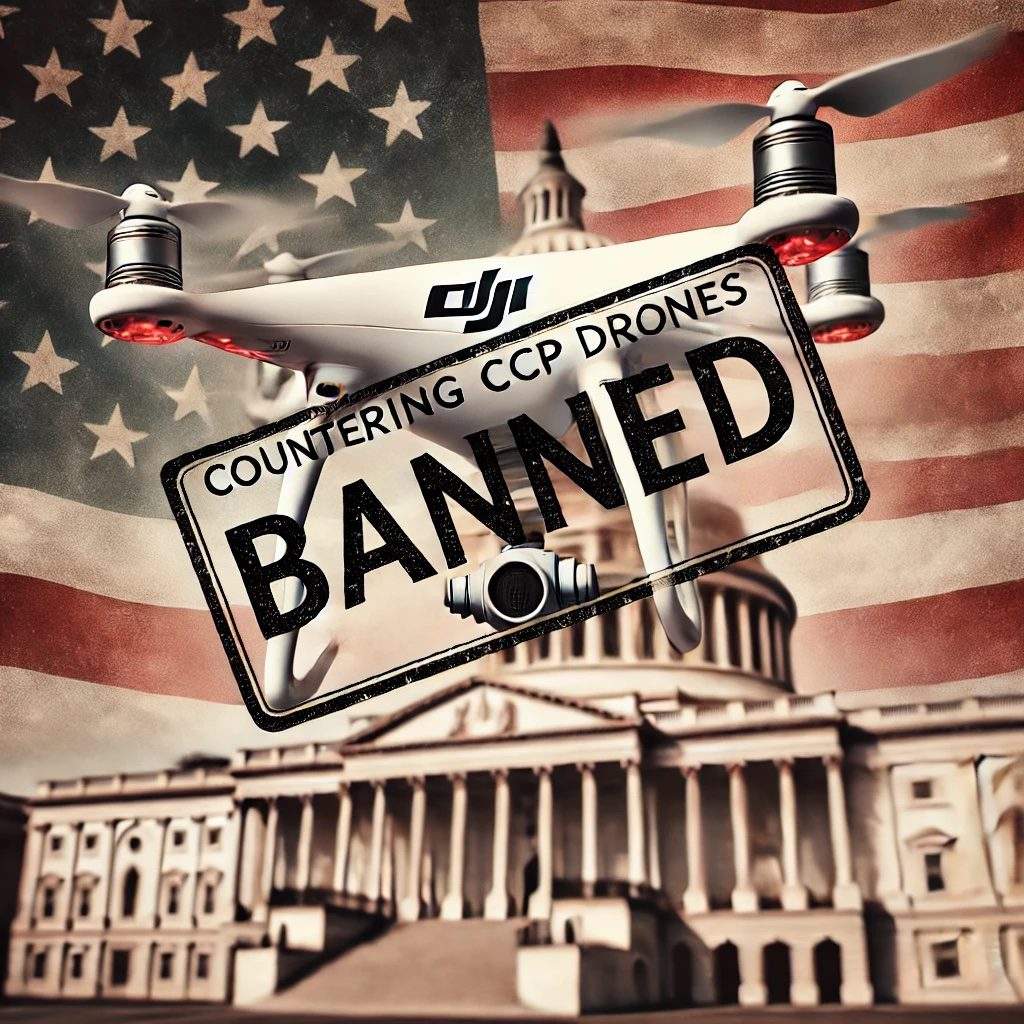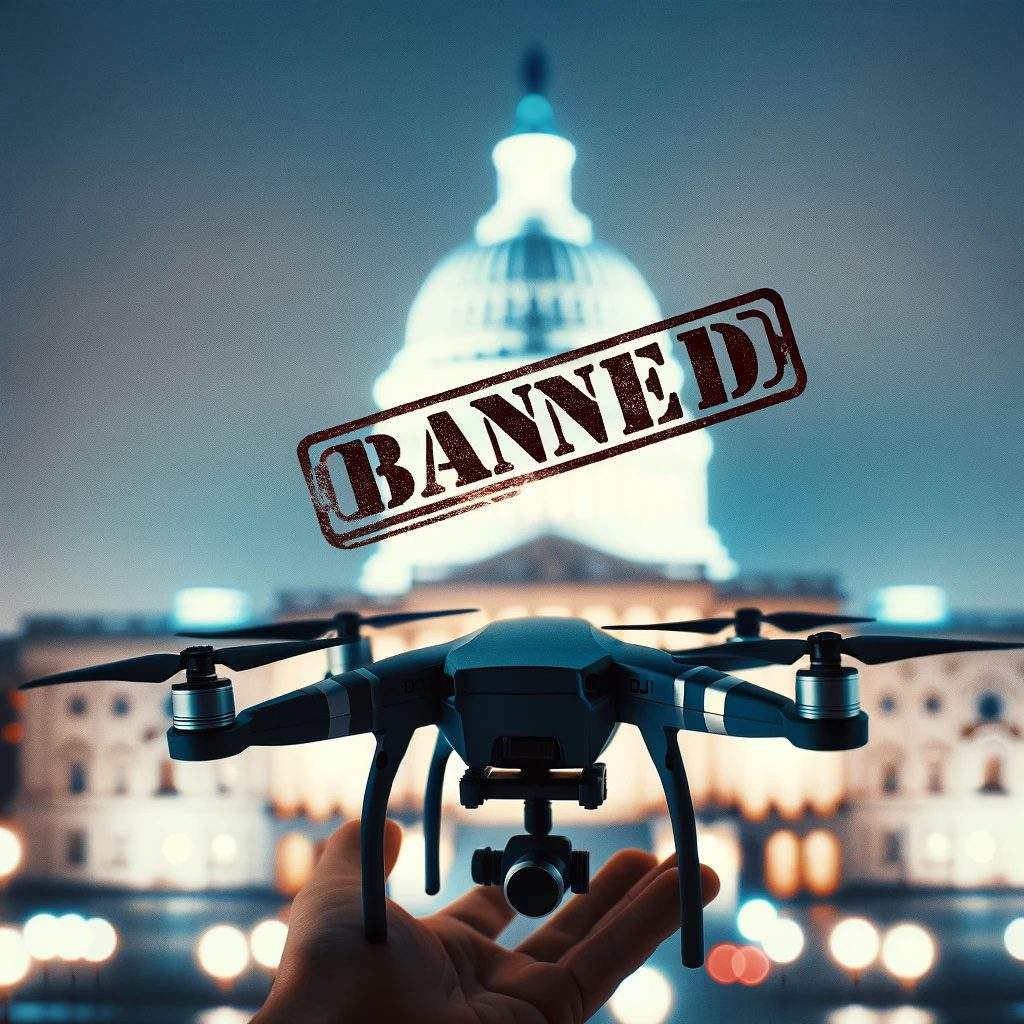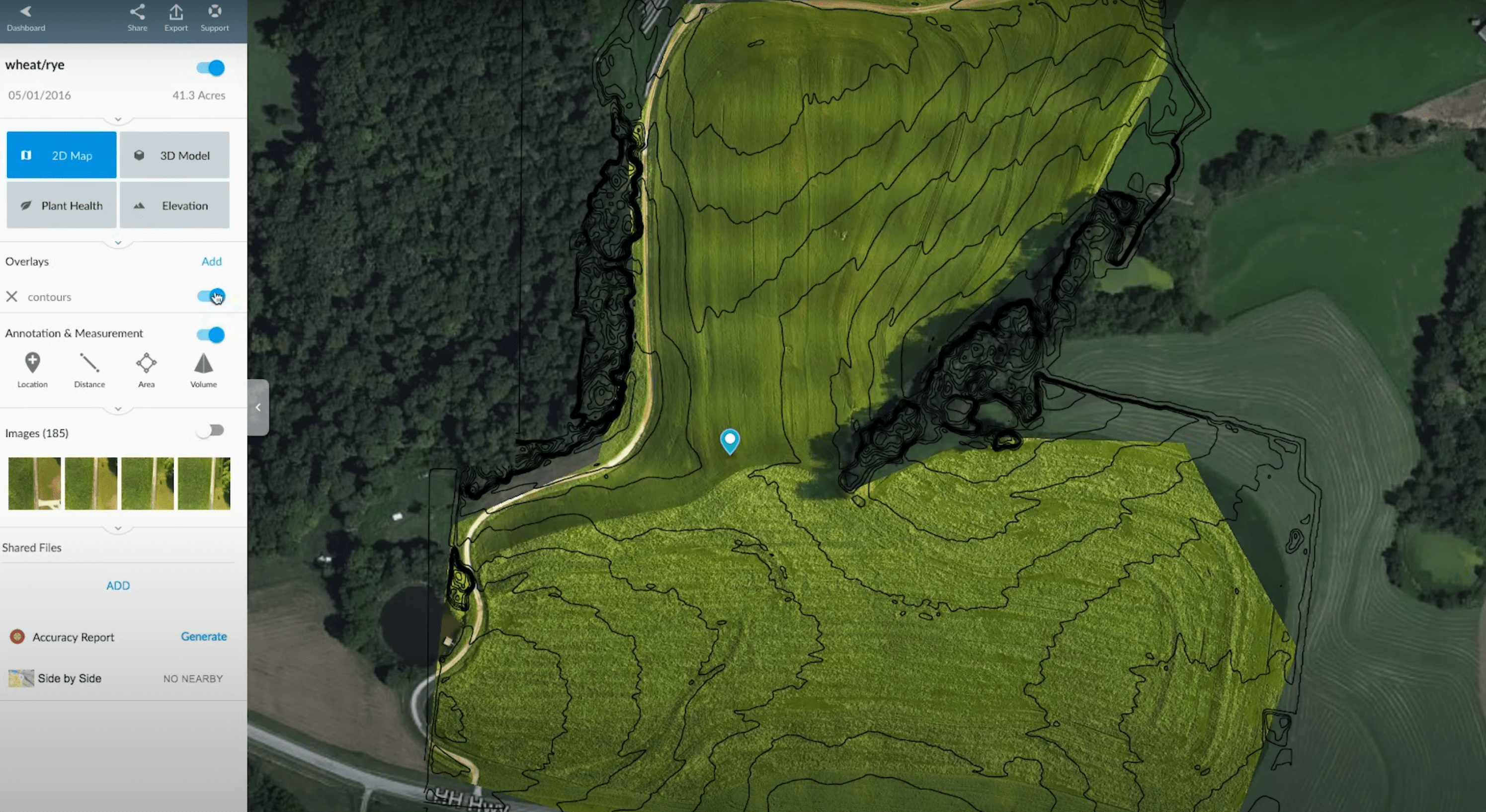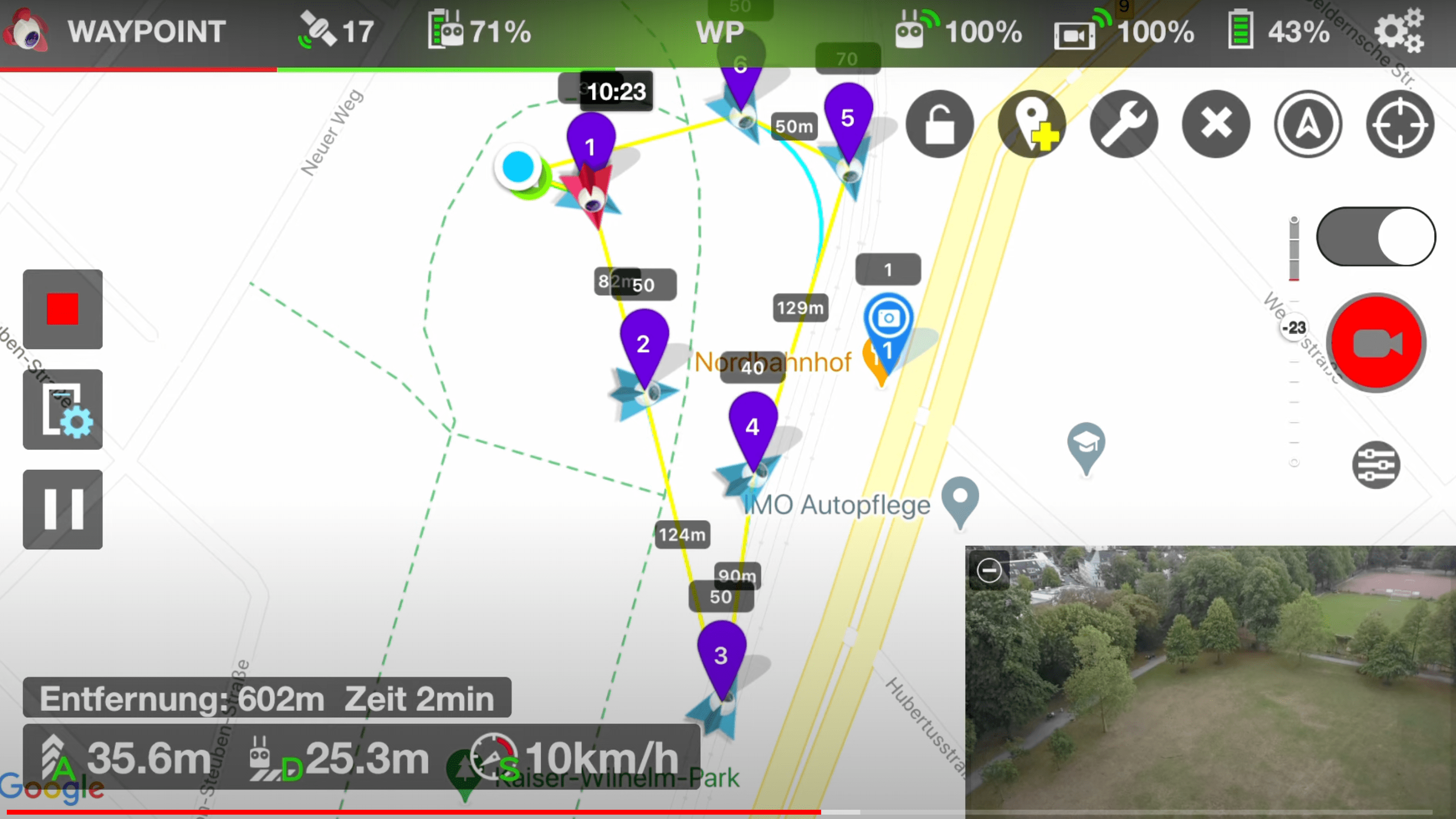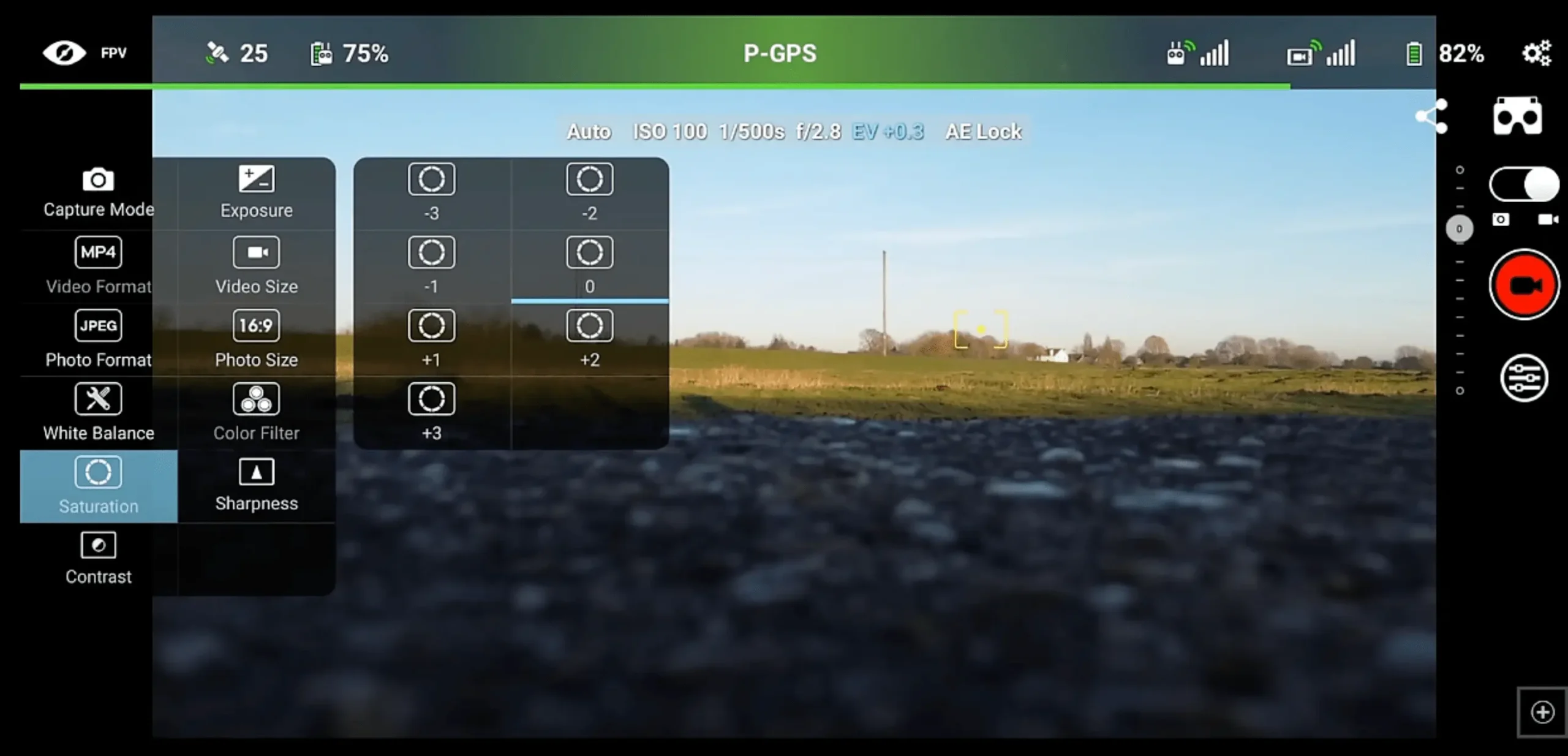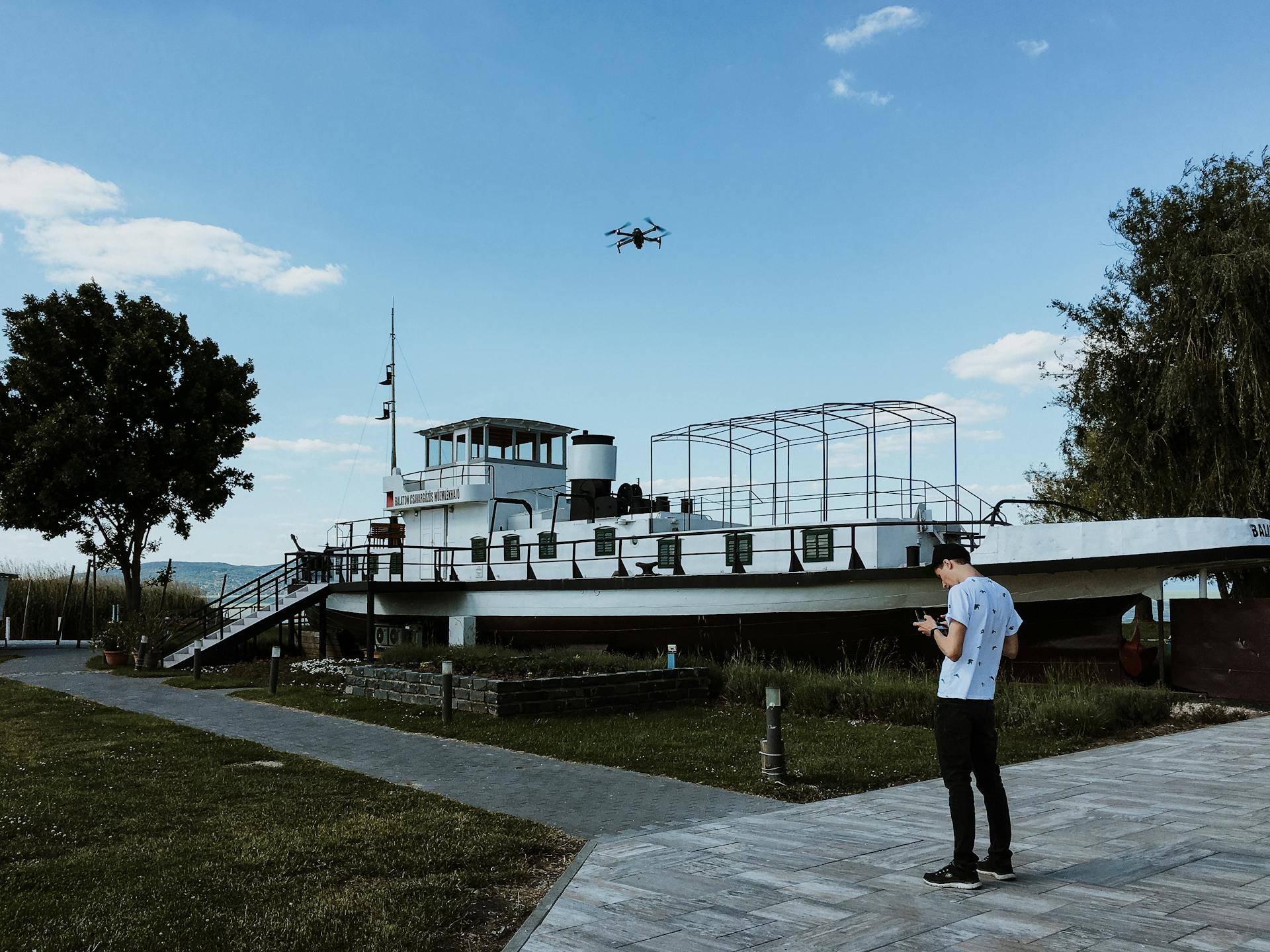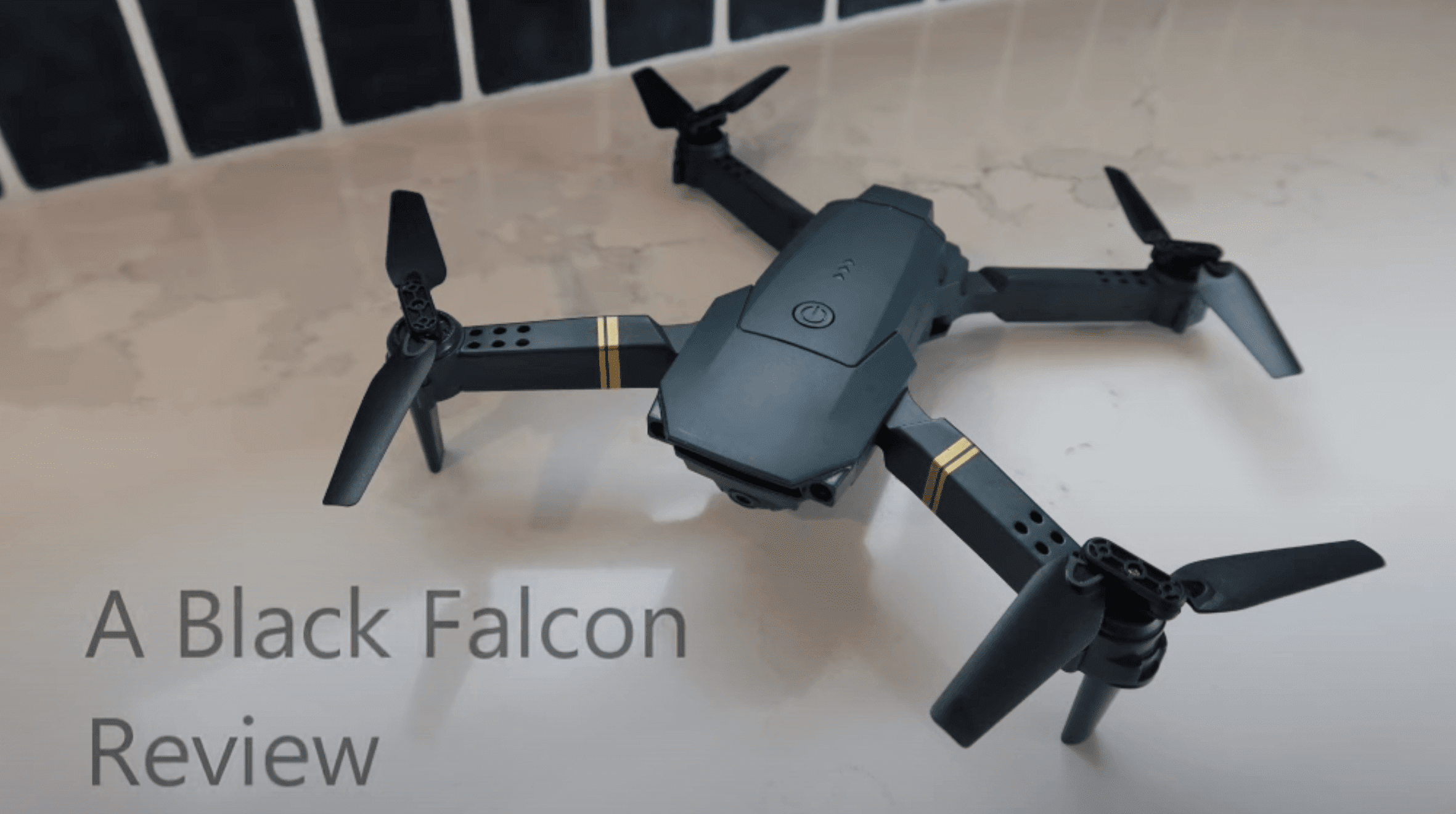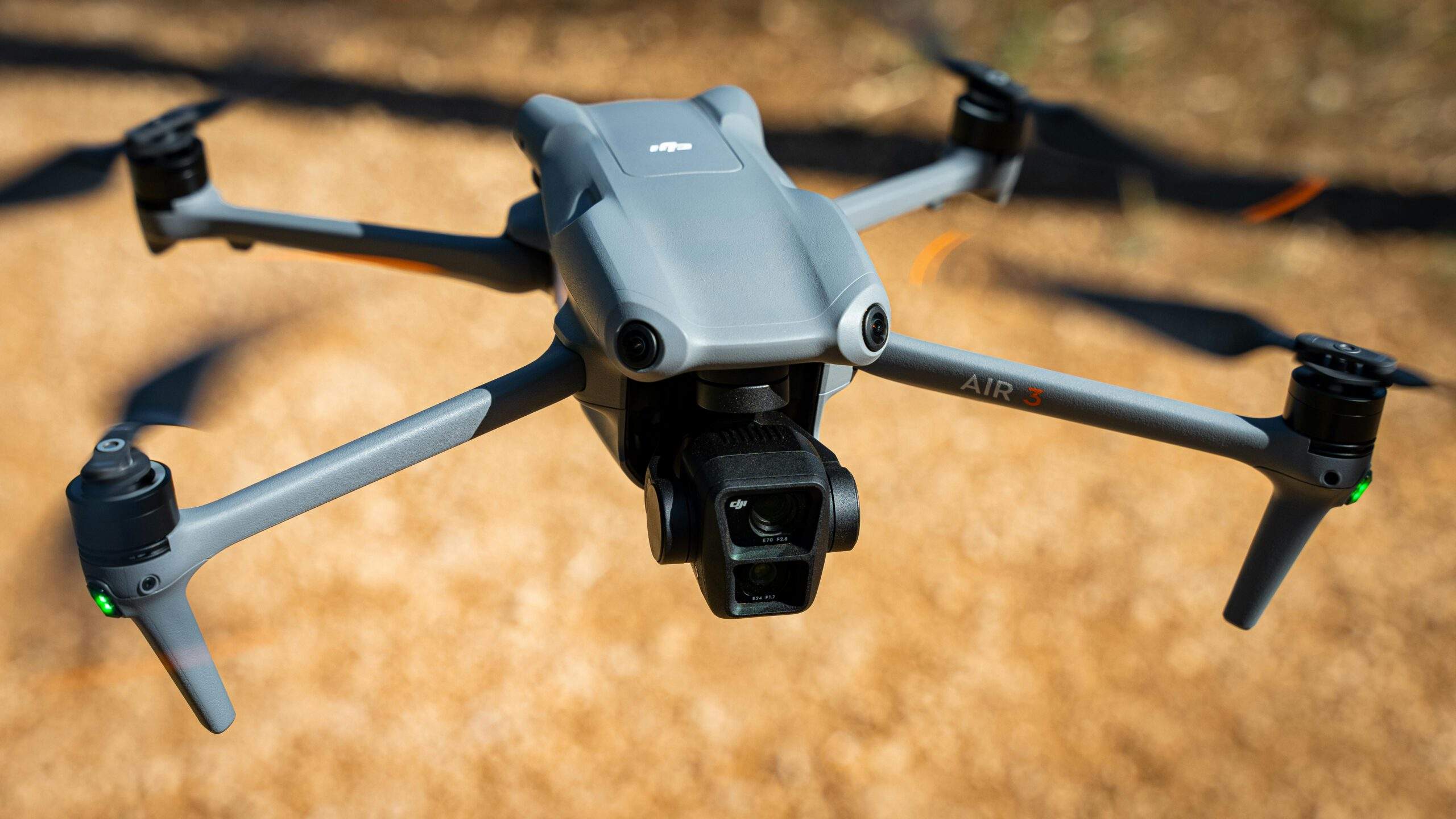Milestones and Highlights
- 1970s: The Dawn of Drones – In the 1970s, the first significant use of drones took off, primarily within military circles. These early drones were essential tools for training and reconnaissance missions, allowing militaries to gather intelligence and train without risking manned aircraft. This era set the foundation for the sophisticated uses of drones we see today, introducing the world to the potential of unmanned flight.
- 1980s: Technological Advances – The 1980s witnessed a leap in drone technology with significant enhancements in control systems. These advancements made drones more reliable and easier to control, paving the way for more complex operations. The integration of improved electronics expanded the capabilities of drones beyond simple flight, enabling them to carry out more precise tasks at higher efficiencies.
- 1990s: GPS Revolutionizes Drone Navigation – The integration of GPS in the 1990s was a transformative milestone for drone technology. With GPS, drones became highly capable in navigation and positioning, which enhanced their utility in various fields such as mapping, surveillance, and precision targeting. This technology allowed drones to execute tasks with unprecedented accuracy and reliability, marking a significant shift in how drones were perceived and used.
- 2000s: Drones Become Mainstream – The 2000s marked the era when drones became accessible to the general public, not just the military or specialized industries. Technological advancements led to a significant reduction in costs and an improvement in user-friendly interfaces, which allowed hobbyists and commercial enterprises to adopt drones. This period saw drones being increasingly used for photography, entertainment, and commercial applications, signaling a shift towards widespread consumer use.
- 2010s: Consumer Drones Take Flight – The explosion of consumer interest in drones defined the 2010s. Companies like DJI revolutionized the market with drones that were not only easy to operate but also equipped with high-quality cameras, live video feeds, and the ability to integrate seamlessly with smartphones. This decade saw drones becoming a common sight in skies around the world, used by enthusiasts and professionals alike to capture stunning aerial footage, conduct surveys, and even deliver packages.

Technological Advancements in Drones: From Niche Gadget to High-Tech Phenomenon
Drones have undergone a spectacular transformation, evolving from simple, remote-controlled flyers to high-tech aerial machines packed with advanced technologies. This journey is marked by incredible advancements that have expanded their capabilities, making them pivotal tools across various industries and a staple for tech enthusiasts worldwide.
Longer Flight Times and Enhanced Battery Life – One of the earliest and most significant challenges faced by drones was their limited flight duration. Early models were plagued by short battery lives, often limiting flights to mere minutes. However, advancements in battery technology, particularly the shift from traditional NiCad batteries to Lithium Polymer (LiPo) and Lithium-ion cells, have dramatically extended the endurance of drones. Today, drones can fly for over an hour on a single charge, thanks to these energy-dense batteries. Innovations like solar-assisted flight and even experimental fuel cells are pushing these boundaries further, promising even longer flight times without the need for frequent recharging.
Improved Autonomy and Intelligence – Modern drones are marvels of autonomy. Equipped with sophisticated software and sensor suites, drones can now perform complex tasks with minimal human intervention. Technologies such as GPS and vision-based systems enable drones to navigate environments with precision. AI integration has taken this a step further, allowing drones to recognize objects, avoid obstacles, and make decisions in real-time. This leap in drone intelligence not only enhances safety but also expands their use in areas like delivery services, where they can navigate urban landscapes independently.
Better Connectivity and Control – The evolution of drone connectivity and control systems has been revolutionary. Initially, drones were controlled by line-of-sight radio controllers, which had limited ranges and functionalities. The introduction of Wi-Fi and Bluetooth allowed for the integration of smartphones and tablets, offering pilots better control interfaces and the ability to see from the drone’s perspective via FPV (first-person view) technology. This has been a game changer for drone photography and videography, providing users with unprecedented control over their aerial shots.
Enhanced Payload Capacities – As drone technology has advanced, so has their ability to carry larger payloads. This is crucial for uses in professional settings like filmmaking, where carrying high-quality cameras is essential. Improved motor and frame designs have increased the payload capacities without compromising flight performance. This capability has also opened new doors for drones in logistics and retail, where they are beginning to be used for delivering packages.
Robustness and Durability – Early drones were often fragile and not suited for adverse conditions. Today’s drones, however, are built to endure harsh environments. With weather-resistant designs and more durable materials, drones can operate in a variety of climates and conditions, making them invaluable for tasks like search and rescue operations or geological surveys in remote areas.
The technological advancements in drones have transformed them from hobbyist toys to indispensable tools in commercial, environmental, and recreational sectors. As technology continues to evolve, we can expect drones to become even more integrated into our daily lives, with possibilities extending into personal transportation and beyond. The future of drones is not just about flying higher, but also smarter, further, and more efficiently than ever before.
The Next 50 Years: Predictions for the Future of Drones
Looking ahead, the next fifty years promise even more transformative changes in the drone industry:
- Widespread Commercial Use – Drones will likely become integral to industries like agriculture for crop monitoring, in logistics for delivery services, and in environmental monitoring for data collection on a massive scale.
- Advanced Propulsion Technologies – With the advent of new propulsion technologies, including more efficient electric motors and perhaps even anti-gravity propulsion, drones could see an exponential increase in capabilities.
- Increased Integration with AI and IoT – Artificial intelligence will play a pivotal role in making drones more intelligent, while integration with the Internet of Things (IoT) will enable vast networks of interconnected drones working together to perform complex tasks.
- Regulatory Evolution – As drones become more common, regulatory frameworks will evolve to ensure safe and efficient usage of airspace, balancing innovation with privacy and security concerns.
- Revolutionizing Transportation – Personal drone transportation might shift from a futuristic fantasy to a practical reality, offering an alternative to traditional ground transportation.
As we look back over the last fifty years, it’s clear that the journey of drones from obscure military technology to mainstream marvel is only the beginning. The coming decades will likely see drones becoming even more ingrained in our daily lives, transforming the way we interact with the world around us.

